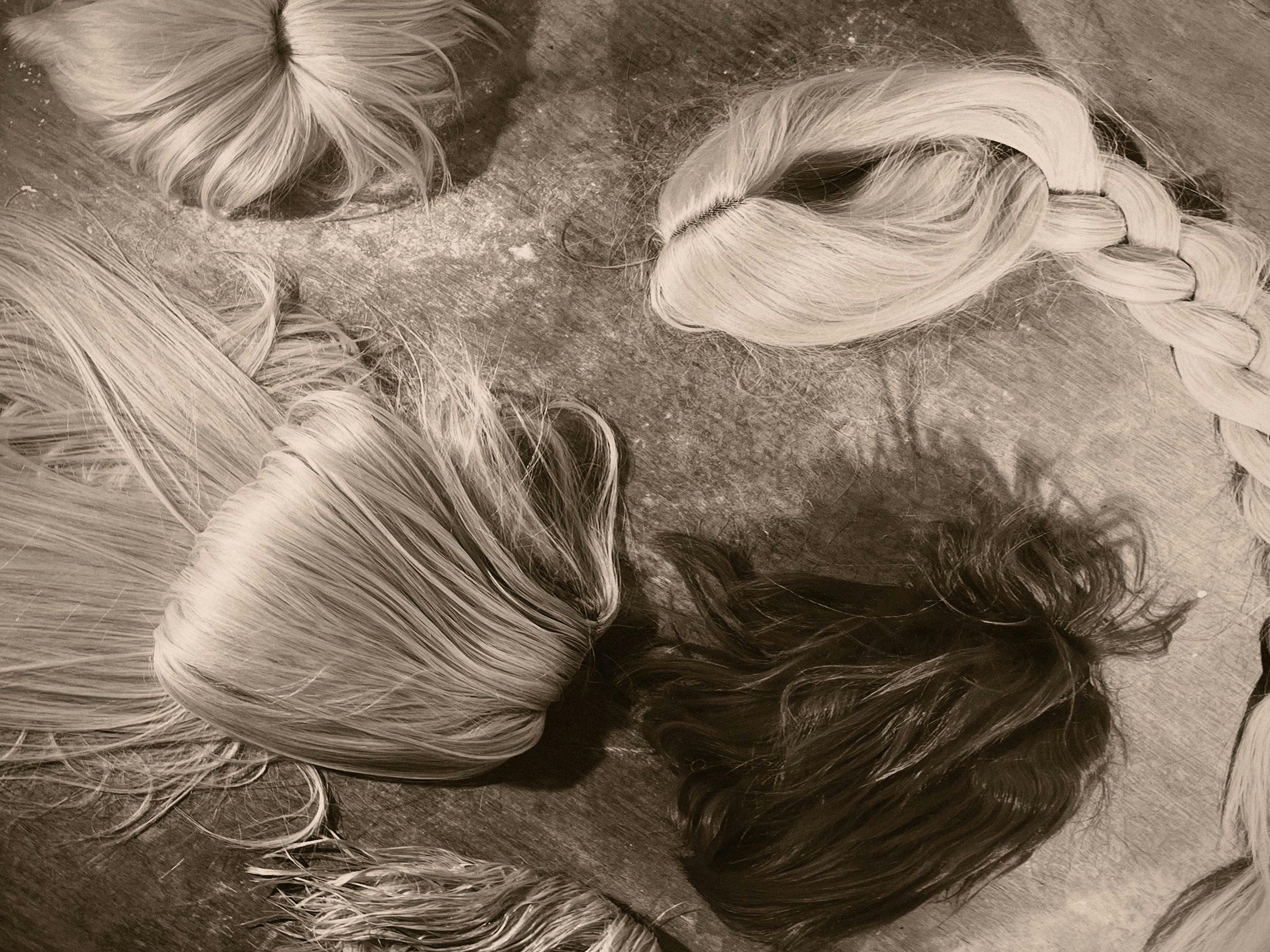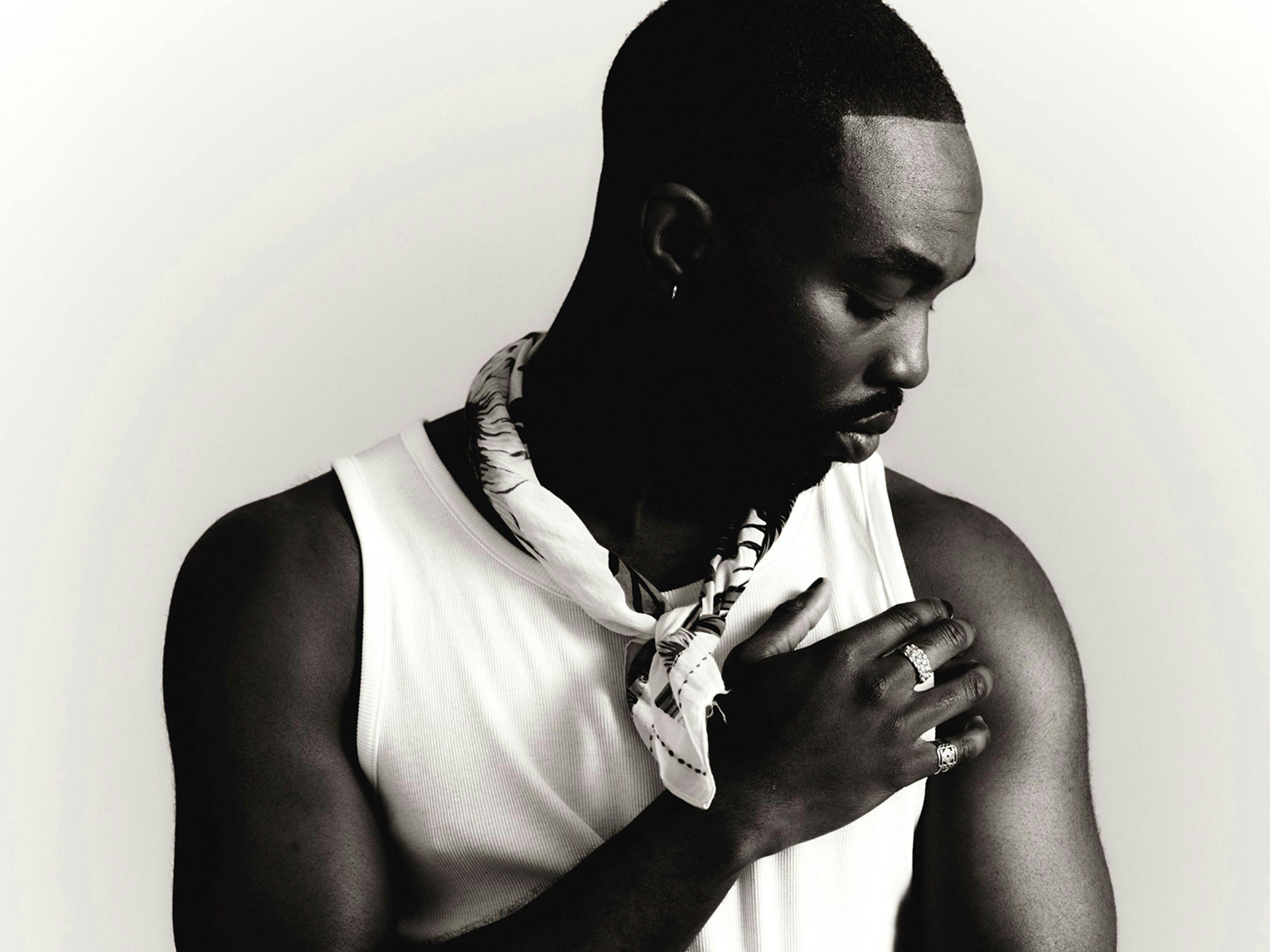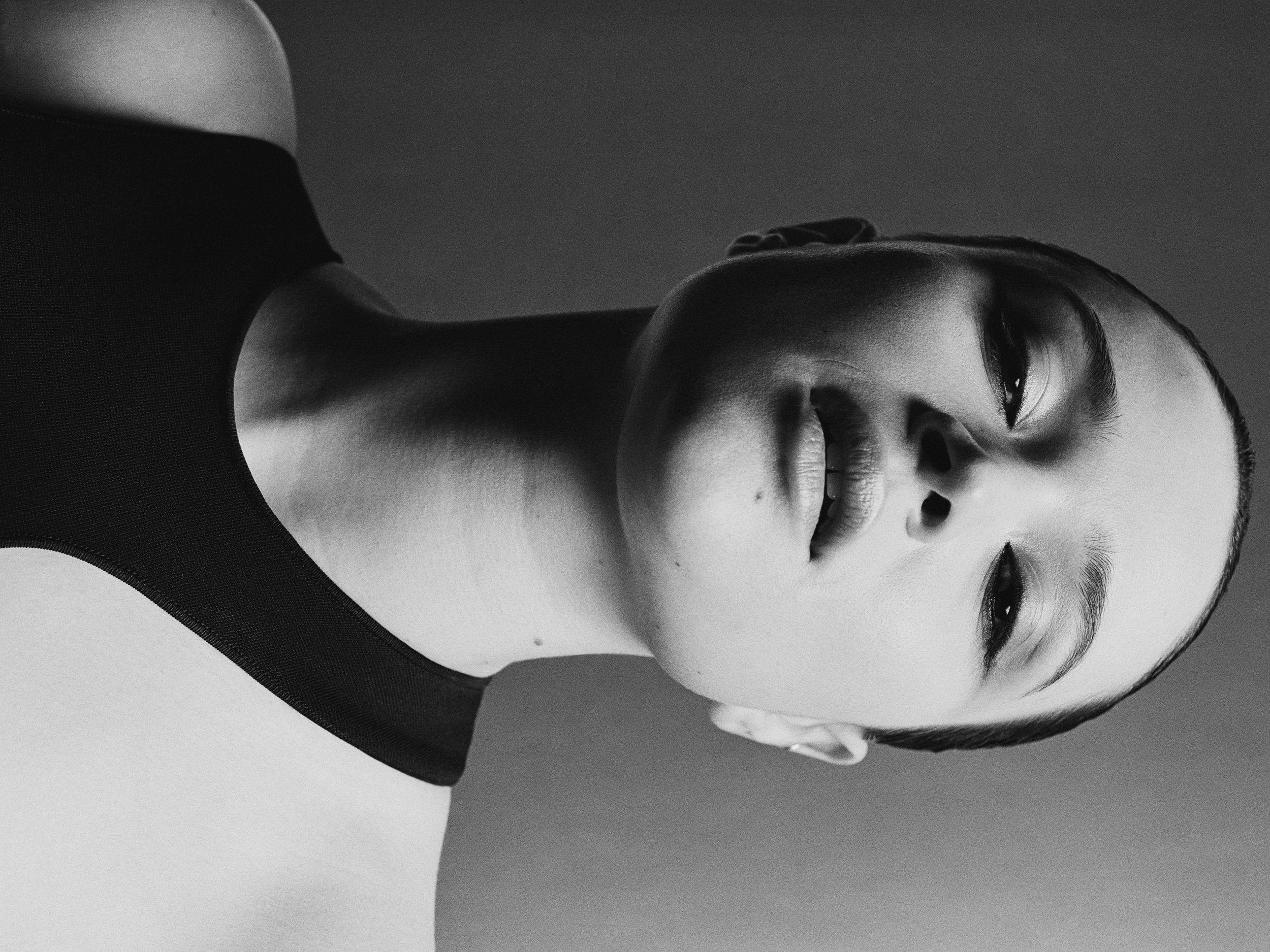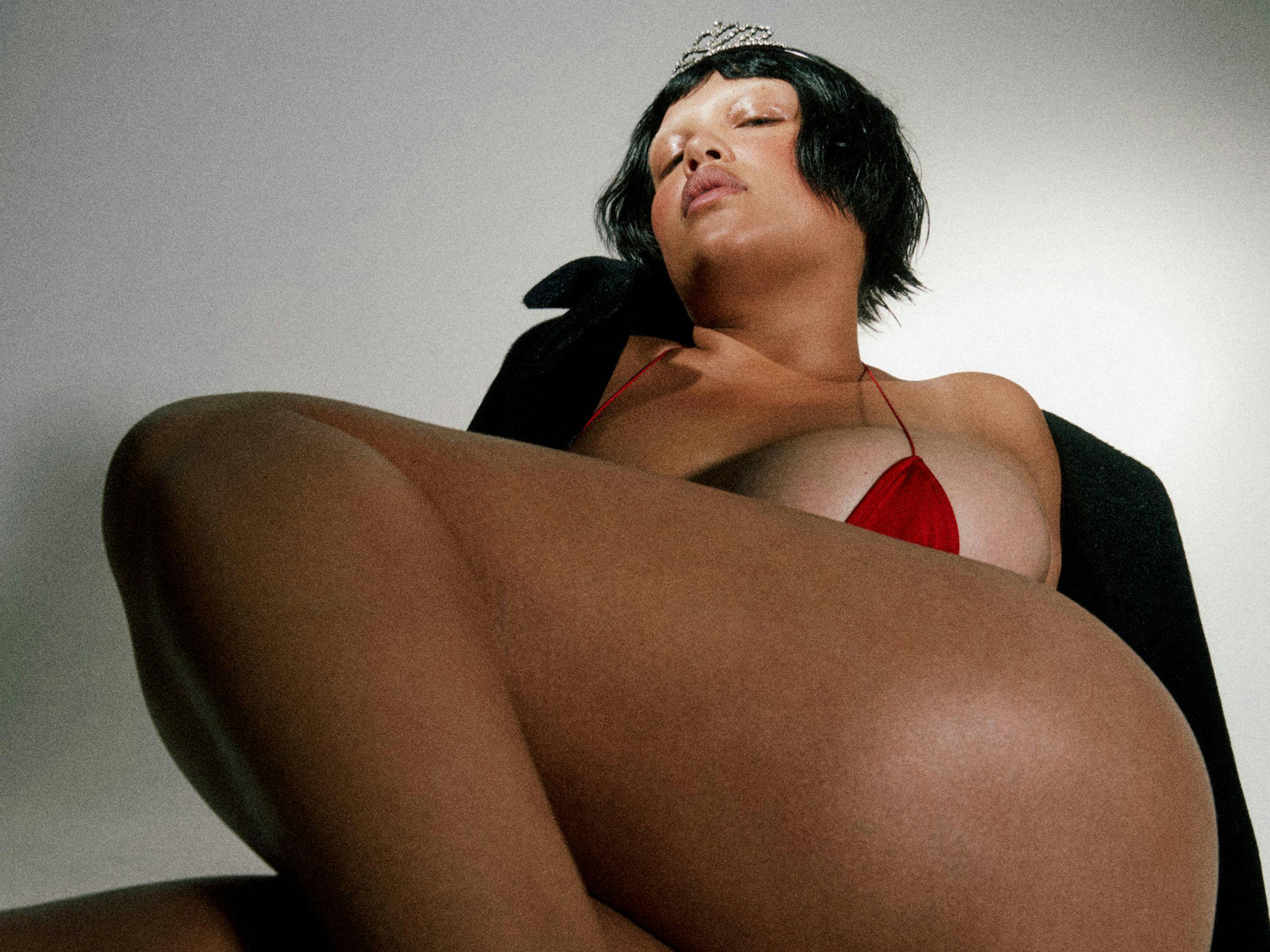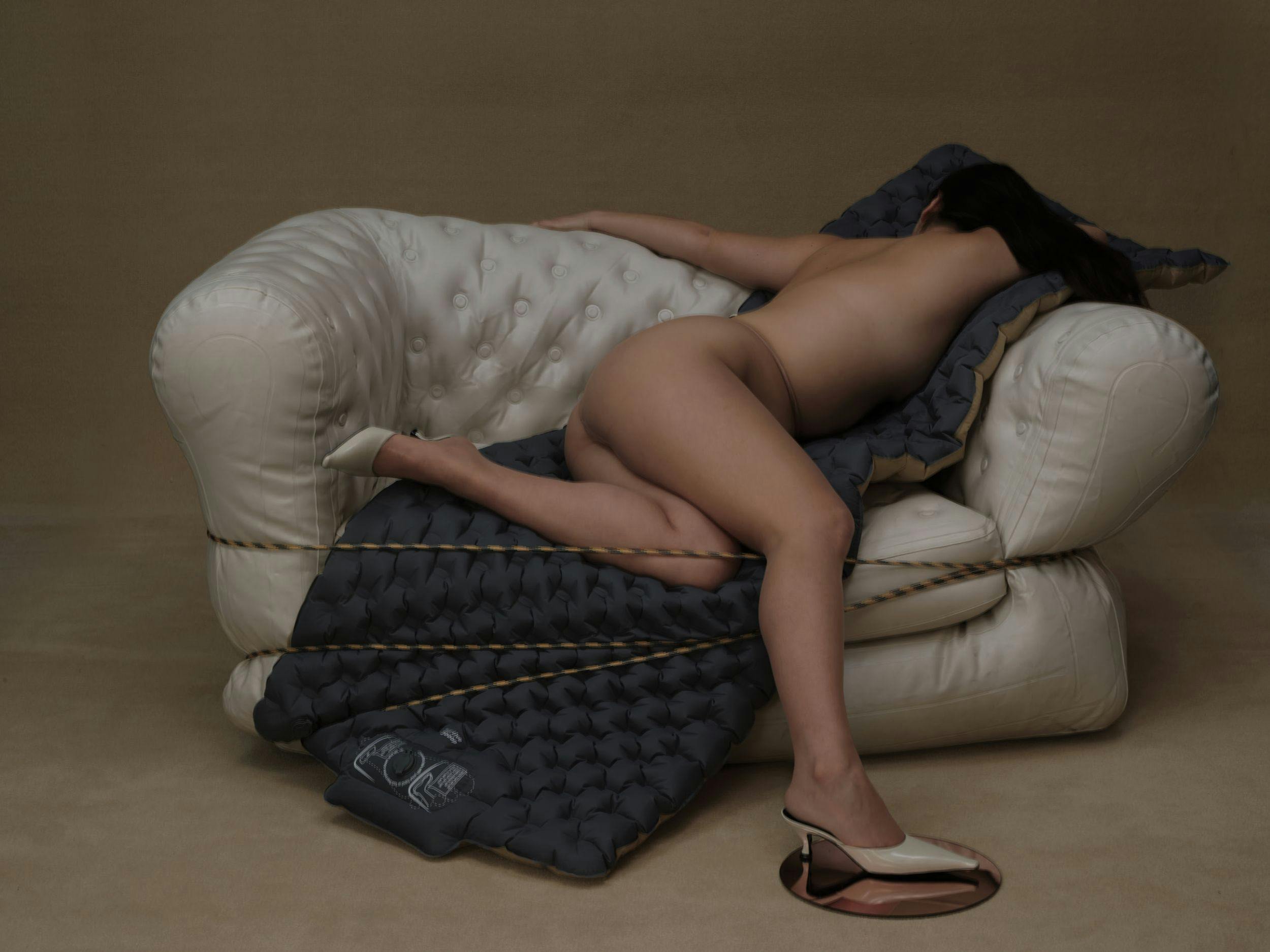
Get to Know the Winners of the Tenth LVMH Prize
Last summer, the LVMH Prize celebrated its tenth year of selecting and uplifting the next generation of fashion designers. We spoke with the latest winner, Setchu’s SATOSHI KUWATA, and the joint winners of the Karl Lagerfeld Prize, LUCA MAGLIANO and Better’s JULIE PELIPAS, about their plans for the future and their visions for a more inclusive industry.
SETCHU
Milan-based designer Satoshi Kuwata has never been shortsighted. If you ask him about his path to founding his line Setchu—winner of the most recent LVMH Prize—he’s the first to acknowledge he’s been playing the long game. “I’m not that young, young designer,” says Kuwata over Zoom from his apartment-turned-studio in Milan. “I worked for twenty years. I could have started my label earlier, but I knew it was going to take time. I wanted to learn more.”
It wouldn’t be an exaggeration to say Kuwata’s considered approach is a rarity in an industry hypersaturated with youth fetishization, overproduction, and ever faster micro trends. There’s an expectation that talent comes straight out of the gate and that brilliance is something we’re born with, and little acknowledgement that skill in craftsmanship, understanding of the business of fashion, and, often, vision come with experience. Kuwata’s perspective is a breath of fresh air in our consumption-driven culture.
Growing up in rural Japan, the forty-year-old creative knew he wanted to design from the age of twelve or thirteen. Still, “I didn’t [fully] understand what the designer’s job was,” he explains. “I started researching, researching, researching.” Kuwata credits a childhood outside, with hours spent drawing when he wasn’t exploring rivers and forests, as the base of his creative toolset. He knew he didn’t want to stop creating when he graduated from high school and began working at a concept shop in Osaka. There, he studied the garments for sale, alongside the suits of his elegant grandfather, and saved to purchase key pieces. “I never regret it. I bought so many expensive clothes, and I still have them in my archive,” he adds. “They really give you confidence. We forget about that power of fashion. That’s what I’m trying to do whenever I design.”
At the age of twenty-one, Kuwata moved to London to study at Central Saint Martins. “I couldn’t speak English,” he recalls. He arrived on Savile Row with a handwritten sign explaining his desire to work. Two brothers, the sons of the first Black manager of a renowned Oxford Street tailoring business, took a chance on him and hired him to work in their North London store. Two years later, their third brother, Jeremy Allen, brought Kuwata on at Huntsman on Savile Row. This experience forms the basis of his tailoring-centered line. “I learned the concepts of fitting, measurements, and cutting that shocked me and I still remember,” he says. “I thought garments are ready-made to be put in a store, but, no, there is actually another world.”
He worked from nine to six on Savile Row, from six-thirty to midnight at a pub, and made it through Saint Martins by grace of a serious work ethic and the kindness of a professor. “He told me, ‘Satoshi, you’re working on Savile Row, how many people can do that? You stay there, and you can teach us how to make a jacket,’” says Kuwata.
During his years at CSM and after, Kuwata logged time with John Galliano, a then– up-and-coming Gareth Pugh, Yeezy in its early days, Riccardo Tisci at Givenchy, and sustainability-focused LVMH-backed (and now-shuttered) EDUN. “If I want to do my own label, I need to see three hundred and sixty degrees of fashion,” he explains. “Working for different companies, I saw so many wastes of money, decisions, people’s voices. I thought, ‘I think I can be smarter and I really see the potential.’”
His experiences in these diverse settings underpinned his essential perspective. “Living in so many different countries, you see different people, French people, American people, but actually what they want is really similar,” says Kuwata. “They want a good product with a little storytelling. I thought, ‘Okay, I want to do that.’”
The birth of Setchu—named for ‘wayo setchu,’ a phrase describing the creative compromise between Japanese and Western forms and æsthetics that first came about when Japan opened up its borders in 1868 —came about during the pandemic, when ample time and great restrictions pushed Kuwata forward. “I had time to really sit with myself,” he recalls. After getting cut off from his pattern cutter in Japan, Kuwata ended up draping and cutting the garments in his own apartment, sewing his own samples, and going from there. “You know when you’re restricted, you want to do more,” he smiles. “If somebody tells you not to laugh, you want to laugh.”
The art of the functional, the artisanal, and the timeless forms the bones of Kuwata’s designs. The word ‘setchu’ suggests a cut-and-paste amalgamation of Japanese and Western style: a kimono in a suit cut or a home with traditional Japanese rooms in a Western structure, for instance. Kuwata’s signature piece is the origami jacket, a georgette-draped wool double-breasted design that can be worn with a sash-like belt. It cocoons his vision. His garments, more broadly, are elegant with discreet avant garde touches. Materials, alongside handcrafts- manship and ease, are significant considerations. Collections are small and considered; he doesn’t communicate often to the press, but when he does, he gives significant time and is very open.
The business is growing. Three years ago at its founding, there were seven or eight orders for the origami jacket; now, Kuwata receives five hundred each year. He’s using fabric he wasn’t able to access at Givenchy Couture. (And, thanks to the LVMH Prize, he’s paid off his debt from purchasing it.) “When I worked for Riccardo, I only saw one lady wearing a dress from the catwalk. Now, I see people wearing my clothes in Milan,” says Kuwata. “That makes me really happy. [The clothes] really relate to who I am and what the purpose is, and the message before it. I really want my garments to be something special, I want to make the dream. They’re expensive because I use very expensive fabric and I design fabric myself.”
The hope is for Setchu to one day, a couple generations down the line, become a house comparable to Hermès, with lifestyle components that extend beyond fashion. “It was the last year for me to be able to apply for the LVMH Prize,” notes Kuwata. “I became successful later in age. It’s not like a twenty-year-old winner. I am a little bit later aged and that’s something I’m proud of. I’m more mature with the way I think. I would rather grow slowly, slowly. ‘Do you know the label?’ The majority of the people say no and that’s okay. It will be bigger in one hundred years’ time, two hundred years’ time. I think that’s chicer.”

BETTTER
If you ask Bettter’s Julie Pelipas when she first developed an interest in apparel, she’ll reveal that she was creating clothing long before she entered the industry. “I was in fashion way before I realized I was,” says the editor, designer, and recent Karl Lagerfeld Prize winner from her mother’s home in Greece. “Only now do I realize that I was upcycling my grandfather’s suits and my mother’s clothes forever.”
Having grown up in Mariupol, Ukraine, after the fall of the Soviet Union, Pelipas’s resourceful artistry reflects the experiences of many in the region during the early years of independence. “There was this shortage of everything,” she recalls. “There were no stores. There was no fashion in the city where I was living. The only way to look fashionable was to create a look yourself.”
She describes her hometown as a simple fishing village. “I came from a little town having no means for any beautiful life,” Pelipas shares. “The whole life I had is about educating myself, fighting for my dream, working hard, improving my skills. There is always your own space to be better.”
Now living in London with her family, waiting for the war to end so they can return to their homeland, Pelipas is making use of her early ingenuity, commitment to gentle self-development, and the æsthetic norms that molded her. Bettter is her women’s ready-to-wear line, known for deconstructed minimal suiting; it’s also an upcycling system built to rework and give new life to other brands’ deadstock. The hope is to eventually decrease the amount of new products produced on a global scale and provide a system for increasing the use of existing materials. Pelipas’s own line draws influence from the communities in which her relatives came of age and their garments, handmade and exact, with each element deliberated. “Everything was very essential,” she explains, “very good working together like a real model wardrobe, to be honest.”
The path from a childhood of upcycling to launching her line in 2019 was organic and not entirely planned. Pelipas started out in television, working as a culture journalist, interviewing “beautiful huge minds, dramatic people,” she says. A leap into fashion following a professional burnout led her to become a part of the initial team that launched Harper’s Bazaar Ukraine. “Somehow, I had this very short path to big fashion,” says Pelipas. A role on the team founding Vogue Ukraine came next and it was there that she became an internationally renowned stylist and street style star, known especially for her oversized architectural suiting.
The idea for Bettter came on her first work trips for Vogue. “I did zillions of interviews seeing these showrooms, brands, and you constantly see huge amounts of clothes and most of them would be quite similar: same concept, same clothes, with a few differences,” she says. “I was always a bit upset when I saw another brand, another concept, which won’t bring any meaning, it will just bring more clothes. We don’t use the clothes we already have.”
Bettter’s collaborative upcycling system is designed to assuage the very serious problem of overproduction while the consciously produced garments meet a different goal. Designs in the latest drop easily build into full looks—a sculptural pale blue blazer dress sits alongside a shell bra built from a jacket; there’s a touch of sensuality and a power that is very much of a female gaze. “I was so tired and fed up with the illusion of fashion narratives. We don’t party 24/7. We actually have our jobs, our kids. The truth is we need clothes to feel more confident, to feel empowered,” Pelipas states. “Because there are new social rules for women. Suits bring this perfect cover to you so you don’t think about how you look. You just look perfect, that’s it.”
“The truth is, we’re strong, but we’re weak,” she continues. “We’re beautiful, but we have days where we just don’t look great and we need something that will give us comfort. There are many, many layers and aspects of women’s lives where truth reveals. They should be true clothes. It’s about what we need for reality, not for some abstract words or some illusions or for some parties. Of course, we have parties and I don’t mind. But there is another part of life where we are just human beings.”

MAGLIANO
Growing up in the suburbs of Bologna, Italy, Luca Magliano came to fashion as a language of rebellion early on. “As a kid I was pretty loud and gay, even before I came out,” recalls the 38-year-old designer. “The thing with my teenhood was to deal with this strange super powerful energy that did not make me feel conformed,” he continues. “I learned from the Bologna community that fashion is a political language and, more and more after meeting [architect] Barbara Nerozzi, that fashion is an intellectual language. I found a lot of comfort in this complexity.”
This political and theoretical lens forms the basis of Magliano’s menswear line, founded in 2017, a humor-inflected, curiously subversive ode to Italian working class and queer identities. His clothes—oversized workwear staples with sly references; lived-in denim; a shoulderless top with lace peeking underneath; a slouchy denim jacket, dyed to look dirty from the chest down—draw from his community and personal history. While layered in their messaging and attitude, they always hit close to home. They play with what’s real (black faded jeans look work-damaged) while celebrating the interior. The garments are irreverent, purposefully relaxed and disheveled, and, likewise, very much romantic.
“I think Magliano is a complex system and the resulting identity is a complex identity, many memories raised to the rank of symbols, cataloged close to each other, albeit allergic, and observed: my father Gerardo’s dirty work clothes and the smell of rain and cigarettes from my mother Lidia’s coat on a par with club lights or the dampness of public toilets, the impressive rectitude of the Via Emilia, Dickinson’s poems, etc., etc.,” the designer explains. “These elements—none subordinate to another—work, social class, queerness, nonconformity, are the points of Magliano. And of course, the gay community in Bologna, which has always claimed to be radical.”
There’s an elegance and a romanticism to Magliano’s looks; they’re also consistently seditious. Take his favorite piece from his Spring 2024 collection: a pair of trousers his team calls ‘Provincia Trousers,’ which stem from “a sort of sculptural yet liquid approach to design,” he explains. “For us, they are a manifesto against the idea of sizing.”
At the moment, Magliano finds himself at a turning point in his career. The designer was a co-winner of the latest Karl Lagerfeld Prize and served as the guest designer at Pitti Immagine Uomo in January. His vision represents a look away from the classic Pitti three-piece suit and so many stereotypes of Italian glamour. It’s also beginning to have a wider impact.
Within this context, Magliano’s approach to design has been, and continues to be, very honest and close to the heart. “At the beginning it was all about this word, the ‘provincia,’” the designer muses, referring to the Italian environs that inspired his earliest work. “The view we had on it was epic and grotesque at the same time because in the end I was still angry with that part of me,” he continues. “With time, I started crying more and more while working because I could see a definitive fil rouge in that thing: fragility and the sense of dizziness that it brings you. I like to feel in contact with remote places deep down inside us, where nobody ever looks.”
Going forward, the dream is not to grow into a massive house but to focus on the community once again and to create made-to-measure garments—a fitting vision for a designer who is largely anti-commercial and anti-capitalist to his core.
Read this story and many more in print by ordering our seventh issue here.
As a nonprofit arts and culture publication dedicated to educating, inspiring, and uplifting creatives, Cero Magazine depends on your donations to create stories like these. Please support our work here.
